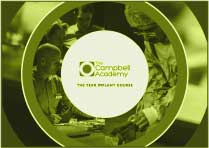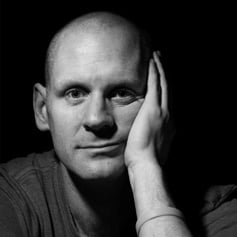
The explosion of the application of digital technology in implant dentistry has been overwhelming (for me at least).
When I began placing implants in 1998, in Kirk Hallam in Ilkeston, I had access to alginate impression material, silicon impression material, periapical radio graphs and panoramic radio graphs.
This would allow me to obtain a stone model with a wax-up and flat radio graphs to plan cases.
My case notes were written on sheets of A4 Paper and were very short.
My consent letters were tiny (and they were state of the art then).
Initially my letters were printed on a dot-matrix printer.
The last 10 years seem to have passed in a haze as the promise of digital enhancement to my implant practice has exploded out of sight.
I was early to this, as the tech fascinated me.
I was early in on the iPhone!
In 2009, we obtained our first CBCT scanner and I thought I was already way behind the curve then and now the options for digital implant dentistry are overwhelming and extraordinarily complex.
The funny thing is, that it is not such a difficult world to navigate if you can cut out the background noise.
The ability to do that is the ability to go back to your first principles.
Many times in this blog I have quoted Andre Schroeder in his “philosophy for practice” if you’re considering a new product or technique, “it must be clinically proven to be better than that, which you are using, or clinically proven to be equal to that, but cheaper.”
Applying this to digital implant dentistry is difficult, in a world of claims and counterclaims and high-level commercial pressure.
This is pretty much why we designed the Digital Implant Dentistry course at The Campbell academy (TCA) and why it has taken a while to get there.
On the 1st April 2020, in our new (fully digital) facility, the course will begin.
It is a course in two parts and dedicated to digital implant dentistry and not simply digital dentistry.
Part one is three days, covering the surgical aspects of digital implant dentistry and diagnosis.
Part two is held three months later and it is based on restorative aspects of digital implant dentistry.
We are assembling a faculty of people around our digital teaching, which is quite extraordinary and international, but also includes some of the brightest lights in the United Kingdom.
Taimoor Kamran and Ashley Byrne, will drop into the clinical faculty to assist us in the presentation of digital; from straight forward application to advanced and complexed.
We will begin by de-bunking digital and agreeing on a common language to use.
We will take into consideration all of the latest agreed, researched principles associated with digital dentistry and the consensus material published by the ITI.
It’s no coincidence that ITI Treatment Guide Volume 11 was published in the last few weeks on digital implant workflows and this will form one of the basic foundations of our DID course.
The format for the course is agreed and all of our lecture titles are agreed, and we are finalising over the next 8 weeks the detailed syllabus of the course.
This is centred around our new teaching education framework, that we have designed at TCA, which will apply to every one of our educational contacts from the start of 2020 onwards.
This is a quality assurance framework, that means that all lecturers sign up to the delivery of certain amounts of information in each educational content and also the feedback related to that.
Special things about this course are as follows;
- The venue
- The honesty of the faculty
- The infrastructure and support from other commercial providers
- The ability to see live patient demonstrations across the board in digital implant dentistry
- The ability to bring your own patients, to assess them and plan them and treat them.
As with all of the clinical Campbell Academy courses, the delegate numbers will be limited to 16.
This is not by chance, it is designed to put people in groups of 4 for the group exercises and challenging interactive work that we’ll do, which are all a part of the modern learning experience.
The final confirmed programme for this course will be released to the world on the 9th September. If you would like to be one of the first people to get it, to look at it, and see if this might be a course for you then email Tom here and he will put you on the list.
Blog Post Number - 2096






Leave a comment